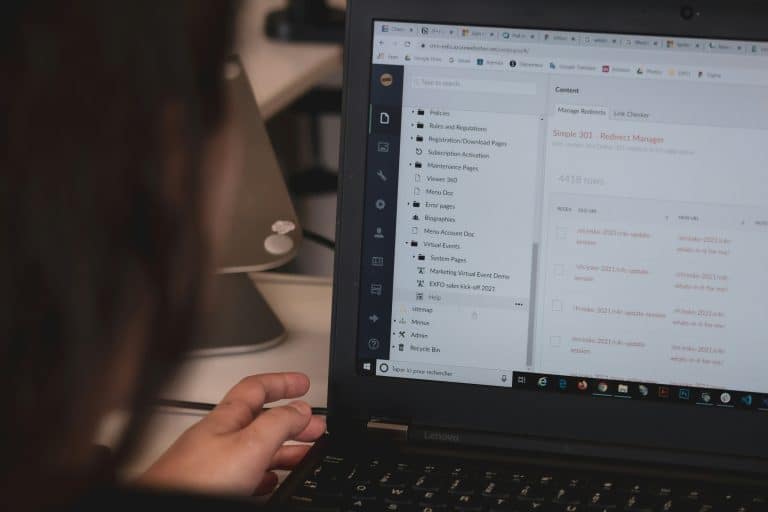Creating a resume when you’re young can be incredibly confusing (and downright frustrating), and those feelings make a lot of sense when you think about it. Many entry-level jobs list experience requirements—but how can anyone gain experience when every job seems to require it? Many recent college graduates run into that dilemma, but it’s something that students often struggle with when applying for internships, their first part-time job in high school, and creating their extended resume for college applications.
Thankfully, a resume is an argument, and there are always ways to make an argument more persuasive to a target audience. Below are a few suggestions about how your student can create a great resume that’s more likely to convince a recruiter, hiring manager, or admissions office that they can make a meaningful, positive impact on an organization.
What Skills Do You Offer?
The truth is it’s exceptionally rare that any candidate will check off 100% of the skills and experience listed on a job description, so your student shouldn’t feel discouraged from applying if they think they’d be a perfect fit for that role! The best resumes are tailored to the role and organization, meaning they show how the applicant’s experiences have given them skills that will transfer over to this new role. Those skills don’t have to come directly from a job your student was paid to do, however.
What classes has your student taken? What major school projects have they done? Have they taught themselves how to do something in their spare time? Are they involved in any extracurricular activities? Have they received any awards from their school, sports teams, or clubs? Have they done any volunteering? Do they have any unique interests? Any of these experiences could demonstrate to an organization that your student does have the skills needed to do a job well. For example, your student might have a blog about a niche TV show they love. On its own, that may not seem relevant to a social media internship, but it absolutely is if they’ve doubled the engagement on their site over the last month. It could even look something like the example below:
INTERESTS
Personal Blog | 2023 – Present
Wrote a blog analyzing weekly episodes Yellowjackets, growing the following from 75 to 150 followers in a month.
The important thing is to have your student think about what skills they believe they have, how that applies to the job, and where they learned those skills.
How Do I Present This Information?
When people think of a resume, they typically think of a traditional-looking one like Harvard’s infamous resume template. There are other ways to present information on a resume, however, and the format of your student’s resume should spotlight what they want to share with a recruiter.
If your student is unsure where to start, have them consider starting with a functional resume or combination resume format. Unlike the traditional template, which focuses on a student’s education and chronological work experience, a functional resume and combination resume focus more on transferable skills and typically list those skills at the beginning of the resume. That structure can be incredibly useful when your student has a lot of experiences, but there isn’t a clear throughline between them.
For example, if your student works part-time at a smoothie shop during the summer, volunteers with the Humane Society, and plays on an ultimate frisbee team, they could call out being a good teammate and effective communicator on their resume. That could look something like the following on their resume:
PROFESSIONAL EXPERIENCE
Communicative Team Member
- Interfaced with co-workers and stakeholders from different backgrounds and found ways to solve problems quickly and address concerns.
There are, of course, plenty of agreed upon expectations for resumes (like making sure they’re free of typos and grammatical errors), but how the information is formatted and the order in which it is presented should be determined by what your student wants a reviewer to take away from their resume.
There’s Still Time
If your student has done everything above and is still struggling to fill out their resume, that’s okay because there is still time. Encourage them to look at the job posting again and identify the skills they need to do that job well and consider ways they can acquire them. Are there part-time jobs where they’d learn a specific skill? Is there a family friend who works at a company in a relevant industry that offers an internship? Would volunteering allow them to get some hands-on experience? Is there a way to pursue a related interest in their free time?
And, as a final note, remind your student that it is never okay to lie on a resume. If a company finds out they have lied, they will likely lose their job offer or even be terminated if they’ve already begun working there. Similarly, The Enrichery always recommends avoiding adding fluff to a resume. If your student has adjusted the font sizes and margins and their resume still isn’t at a full page, that’s still better than adding in a bunch of unrelated, uninteresting, or unpersuasive bullet points that force a reviewer to have to go digging for relevant content (because they almost certainly won’t, especially if they have dozens of applicants).
If your student is struggling to create a resume for their first job, an internship, or their college applications, reach out to The Enrichery today! Our academic coaches provide mentorship to all of their students and our college admissions consultants can help them craft a resume that sets them apart from other applicants to a university.





